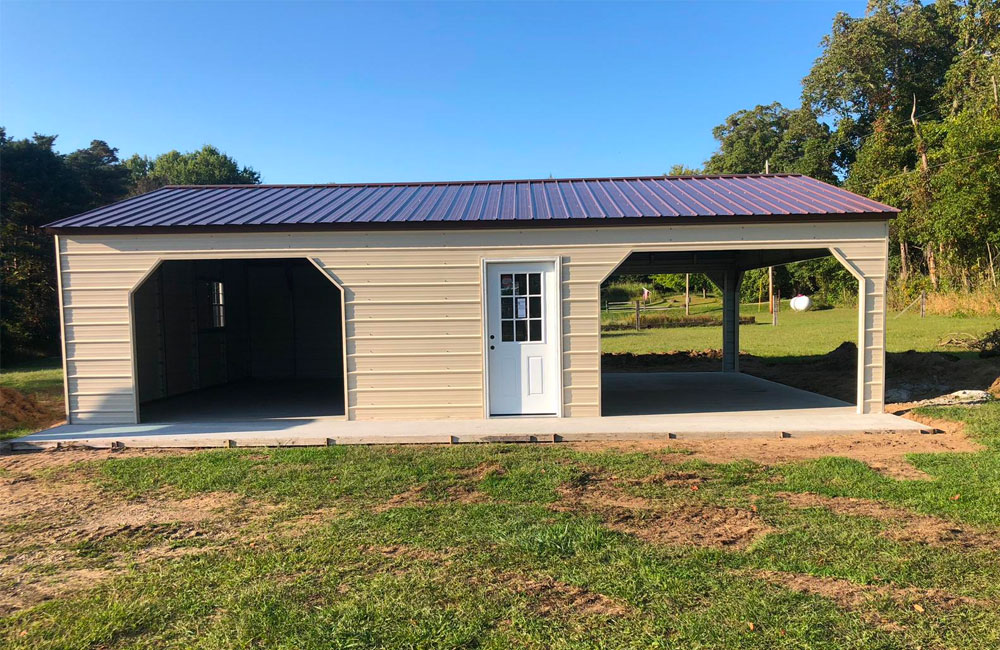
Carport parking is a popular and practical solution for safeguarding your vehicle from the elements. Unlike traditional garages, carports provide an open-air structure with a roof, offering protection from rain, snow, and the sun. This cost-effective alternative has gained popularity for its simplicity and versatility.
Why carport parking?
One of the key advantages of carport parking is its adaptability to various spaces. Whether you have limited yard space or need to cover multiple vehicles, carports can be customized to meet your specific requirements. They are available in a range of sizes, styles, and materials, allowing you to choose the perfect fit for your property.
The simplicity of carport structures makes them a favorite among homeowners. Installation is generally quicker and more straightforward compared to building a garage. This not only saves time but also reduces construction costs. Carports are often a practical choice for those looking for an affordable yet effective solution to protect their vehicles.
Carport parking is not just limited to personal use; businesses also benefit from this versatile shelter. Commercial establishments, car dealerships, and even outdoor event venues utilize carports to provide protection for their vehicles or create covered spaces for customers and guests.
Beyond their protective features, carports contribute to energy efficiency. By providing shade to your vehicle, especially during the scorching summer months, they help maintain a cooler interior. This can be particularly beneficial in preserving the condition of your car’s paint, tires, and other components.
In recent years, the popularity of carport parking has grown as people recognize its eco-friendly aspects. The open design allows for better air circulation around your vehicle, reducing the likelihood of rust and mold.
Additionally, the use of sustainable materials in carport construction aligns with environmentally conscious practices.
For those seeking both functionality and aesthetics, carports offer design flexibility. You can choose from various materials such as steel, aluminum, or wood, each providing a different visual appeal. This allows homeowners to select a style that complements their property’s architecture.
